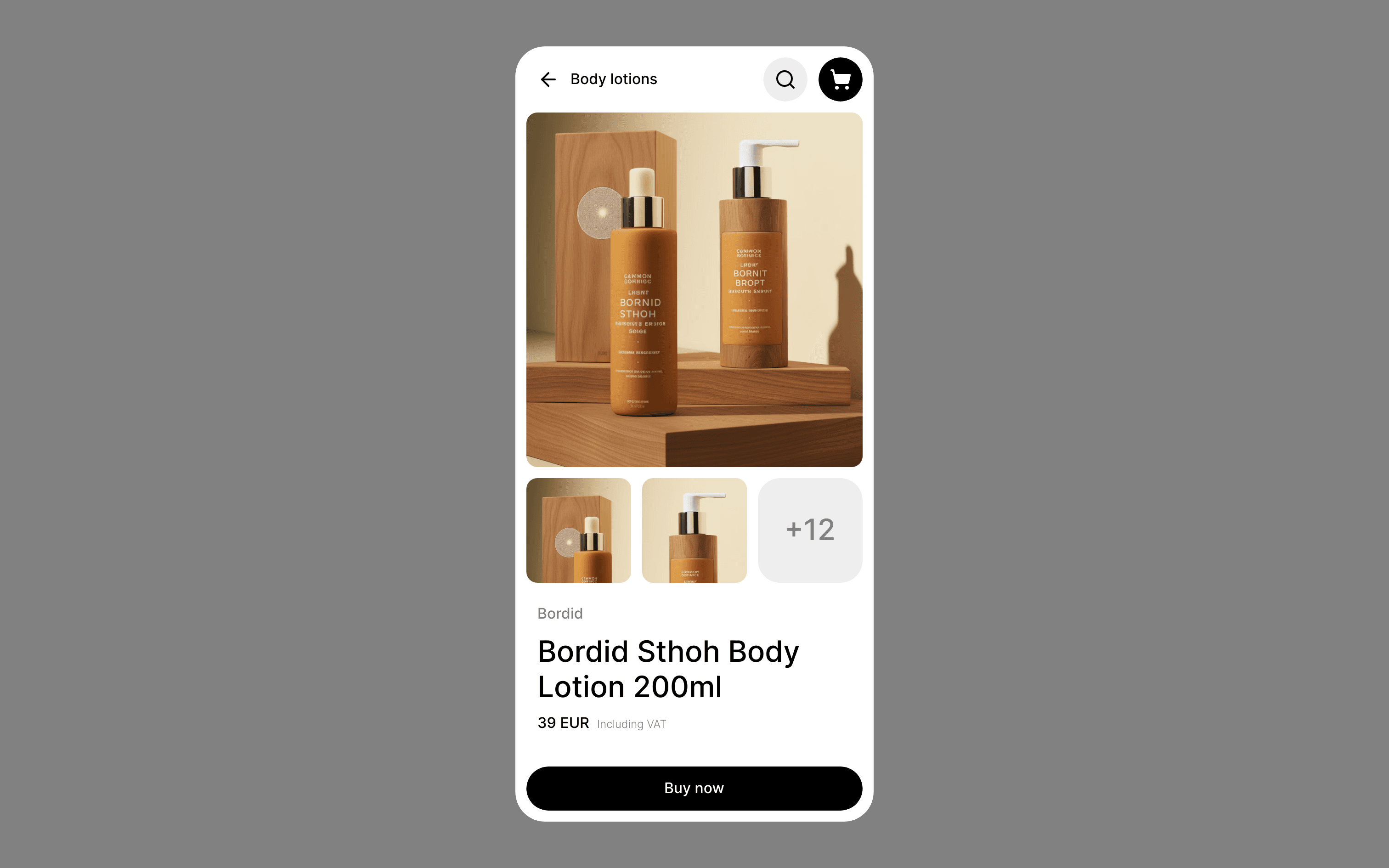Build Design Systems With Penpot Components
Penpot's new component system for building scalable design systems, emphasizing designer-developer collaboration.

HTML has a built-in native audio player interface that we get simply using the <audio> element. Point it to a sound file and that’s all there is to it. We even get to specify multiple files for better browser support,
AI-driven updates, curated by humans and hand-edited for the Prototypr community